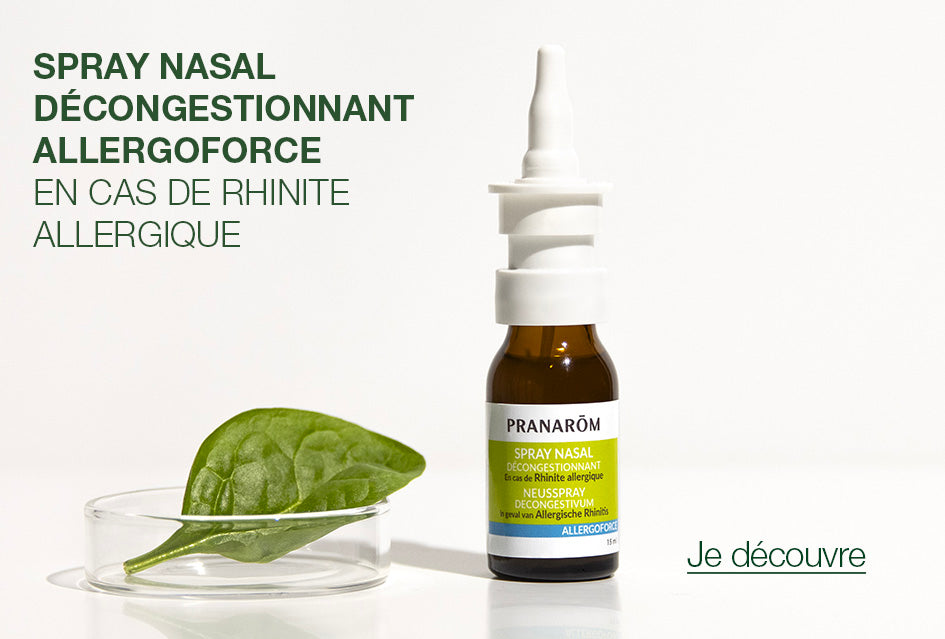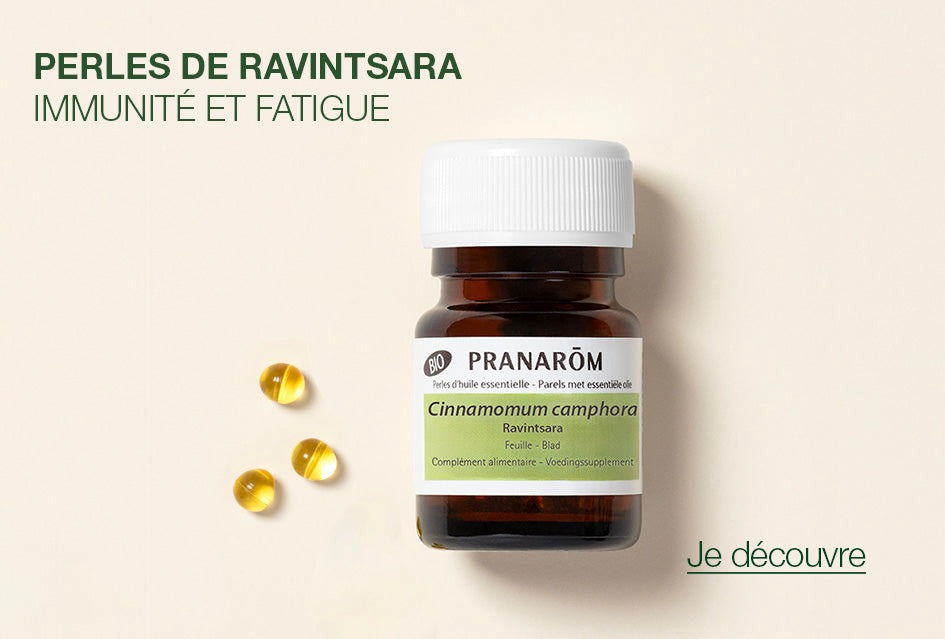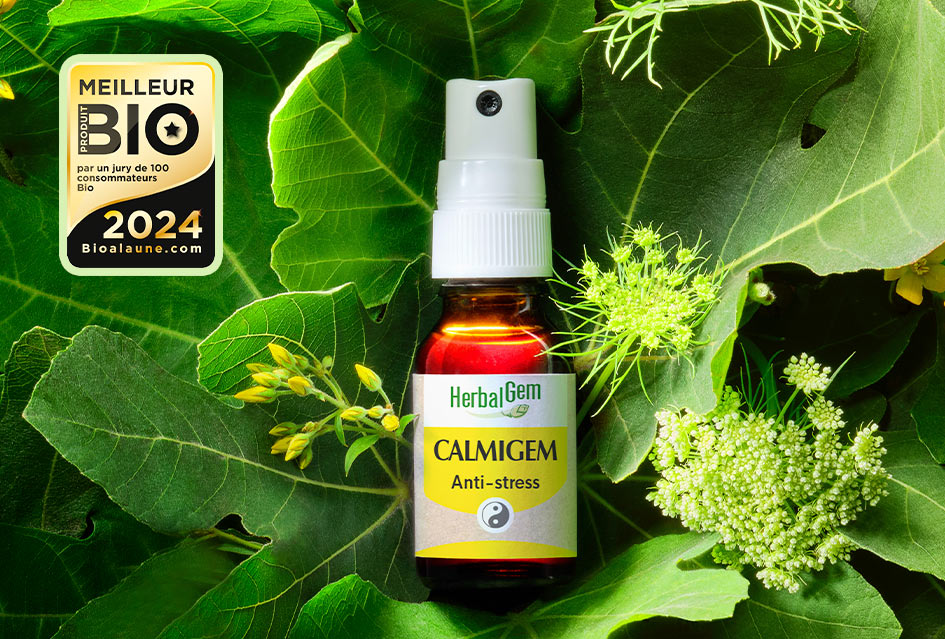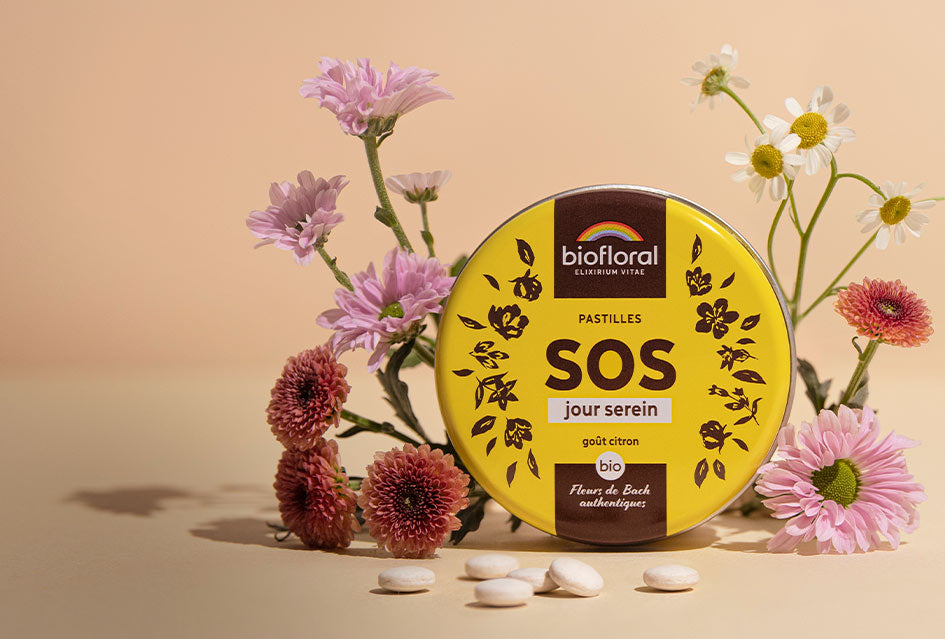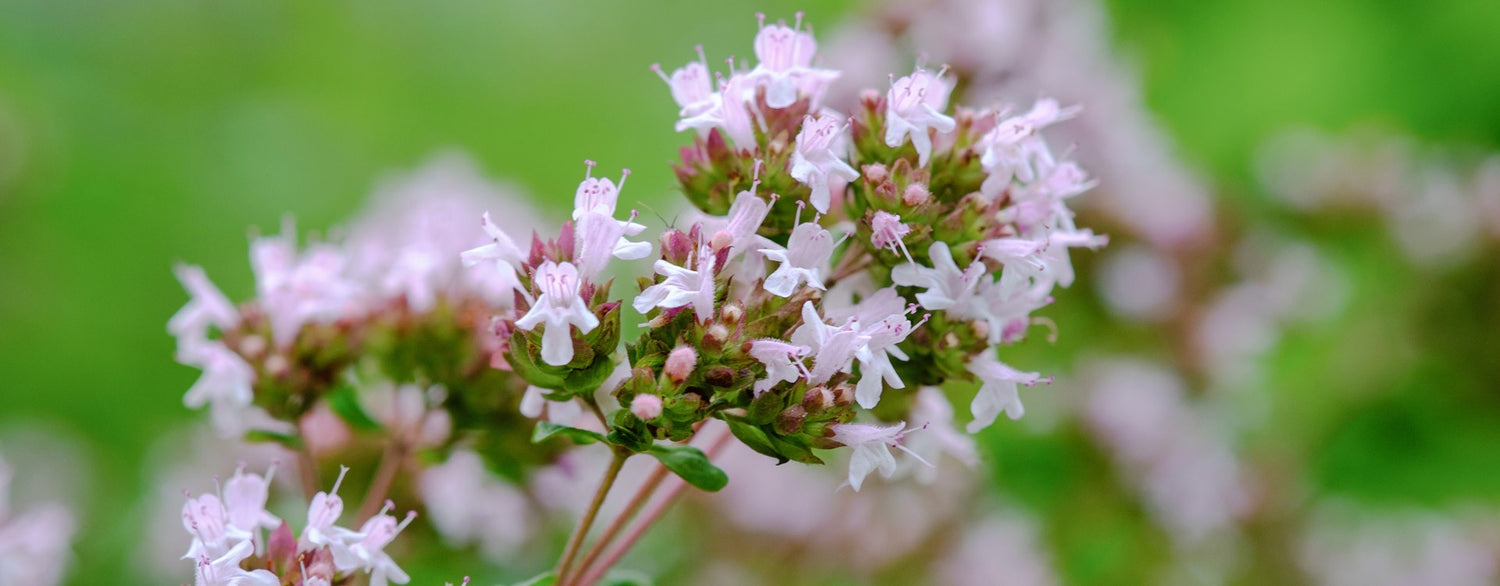In the present study, essential oil of Origanum compactum was analysed and its chemical composition was identified by gas chromatography coupled to mass spectrometry (GC-MS). Among thirty two assayed constituents, carvacrol (30.53%), thymol (27.50%) and its precursor g-terpinene (18.20%) were found to be the major components. The oil was investigated for its in vitro antibacterial activity against a panel of standard reference strains using well diffusion and broth dilution methods. In solid medium, the oil was found to be remarkably active against all tested strains except Pseudomonas which showed resistance.
- TYPE DE SOLUTIONS
- Best-Sellers
- Solutions prêtes à l'emploi
- Compléments alimentaires
- Huiles Végétales
- DIY / Coffrets
- Perles d'Huiles Essentielles
- Diffusion
- Hydrolats
- Livres
- Voir tout
- NOS GAMMES
- Aromaboost® - Nouveau
- Allergoforce
- Digestarom
- Aromalgic
- Oleocaps +
- Aromapic
- Aromaforce
- PranaBB
- Voir toutes les gammes
- VOS BESOINS
- Allergies
- Digestion et transit
- Articulations et muscles
- Confort circulatoire
- Immunité et Bien-être
- Piqûres et insectes
- Bébé et maternité
- Confort urinaire
- Respiration et ORL
- Dépendances
- Voir tous les besoins
- PRANARŌM
- Le laboratoire Pranarom
- Recherche scientifique
- LA SCIENCE DES HUILES ESSENTIELLES
- Distillation des Huiles Essentielles
- Les Huiles Végétales
- Les Hydrolats
- Diffusion d'Huiles Essentielles
- LE GROUPE INULA
- Notre raison d'être
- Nos engagements



